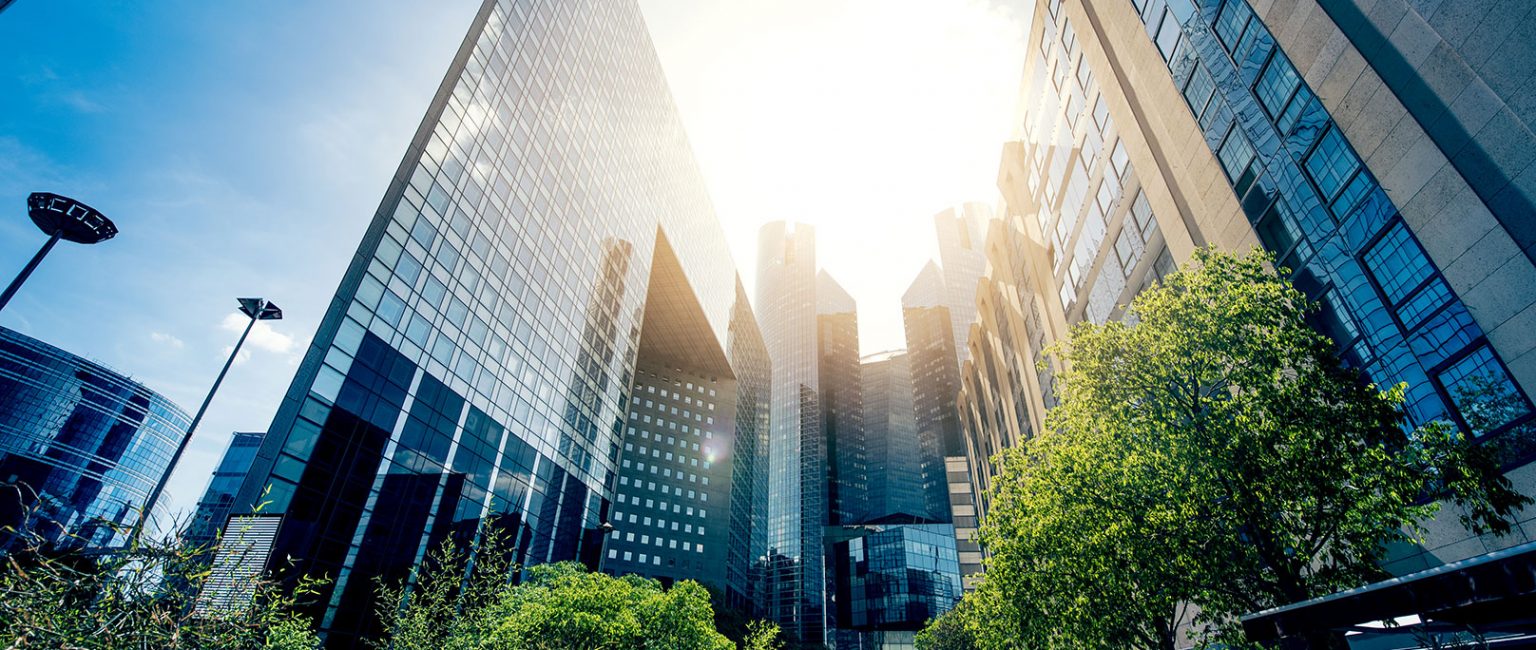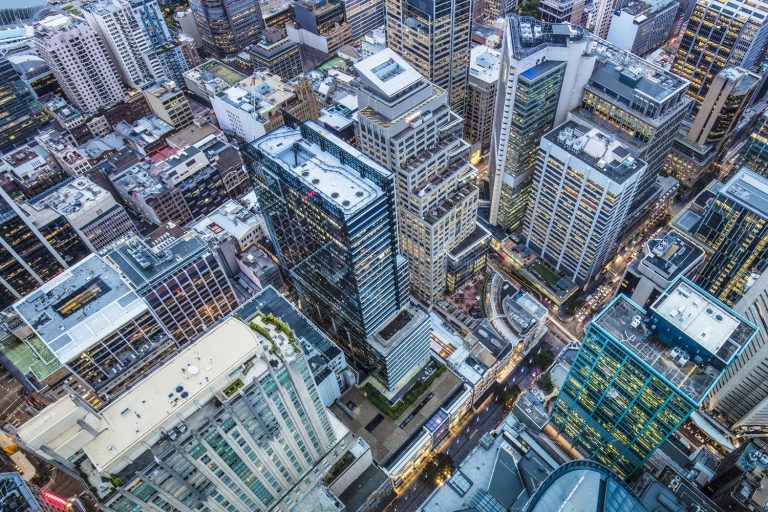What to expect in the commercial property sector in 2019

Strong jobs growth and a low unemployment rate of five per cent across Australia this year has been a boon for the commercial real estate sector.
Demand from commercial tenants continues to support the sector while investor demand also remains relatively strong, particularly when compared to the challenges being faced right now in the residential markets.
Even in sectors that are more challenged, such as retail, we are yet to see much of an increase in yields. So, with both investor and tenant demand holding up, what does 2019 hold for commercial property?
1. Continuing shift in retail landscape
There continues to be dramatic shifts in investor attitudes towards retail property. Once considered one of the safest commercial property types, the growth of online shopping and limited growth in retail spending has made it tough for retailers. This is now flowing through occupancy.
In 2018 roughly 350,000 sqm of retail stores closed and retail closures will likely continue in 2019. While it is too early to tell how much retail space will close, there is no doubt that many retail property owners will need to get used to lower rents or look to alternative occupiers.
It certainly isn’t the end of shopping centres as we know them, but there has been a structural shift.
While retail is the most challenged sector right now, surprisingly there has been little impact on yields. This is an impact that is likely to hit in future, particularly for those centre types that are unable to respond to changing conditions.

2019 will likely be another challenging year for retail.
2. More build-to-rent projects announced
Build to rent is the second largest real estate investment class, but it’s virtually non-existent in Australia. This is a sector that more and more commercial property owners and developers will start to look at.
In 2018 prominent build-to-rent projects were announced including Mirvac’s first building at Sydney Olympic Park, as well as Salta’s project at Victoria Gardens, Richmond in Melbourne’s.
The challenges in getting projects started are well documented, however changes to the Managed Investment Trust (MIT) structure in 2018 were a big step towards making it a more attractive sector in this country.
3. Good news for owners of industrial and office buildings
Vacancy rates in many office markets are now at 10-year lows and are starting to come down in cities such as Perth and Brisbane, where they have traditionally been higher.
This reduction in vacancy rates is flowing through to rental growth which is good news for building owners and investors.
In the industrial sector, the shifting landscape in retail has been a positive, with growing demand for industrial property. This is being seen not just in outer suburban areas, but also inner areas where more warehousing is required.
With jobs growth expected to continue in 2019, there will be continued good news for owners of office and industrial property.

The industrial sector is expected to perform well in 2019.
4. Soft demand for development sites
Development site sales began to drop off in 2017 and a continued slowdown is expected in 2019.
Part of the decline can be attributed to fewer offshore buyers – while sales are still taking place, restrictions in China have had the biggest impact on this buyer group.
The other driver has been a large decline in Australian investor activity, with investor lending down 30 per cent on the peak experienced in 2015.
In 2019, there is nothing to suggest that buyer demand for development sites will increase. Residential prices in Melbourne and Sydney are falling and challenges in accessing finance as a result of the Banking Royal Commission are expected to continue.
A potential change of Federal Government could lead to even less investment in new apartments, particularly if tax incentives aimed at investors are changed. This is a space to watch closely.
5. More takeover activity
As is typical late in the cycle, takeover activity continues to ramp up.
The takeover of Investa Office Fund by Oxford Properties Group is expected to be complete in late 2018 and ESR’s takeover of Propertylink has been given the green light.
It is likely that takeover activity will increase in 2019 driven by groups keen to build portfolios quickly in Australia, as well as targets keen to cash in on current pricing.







